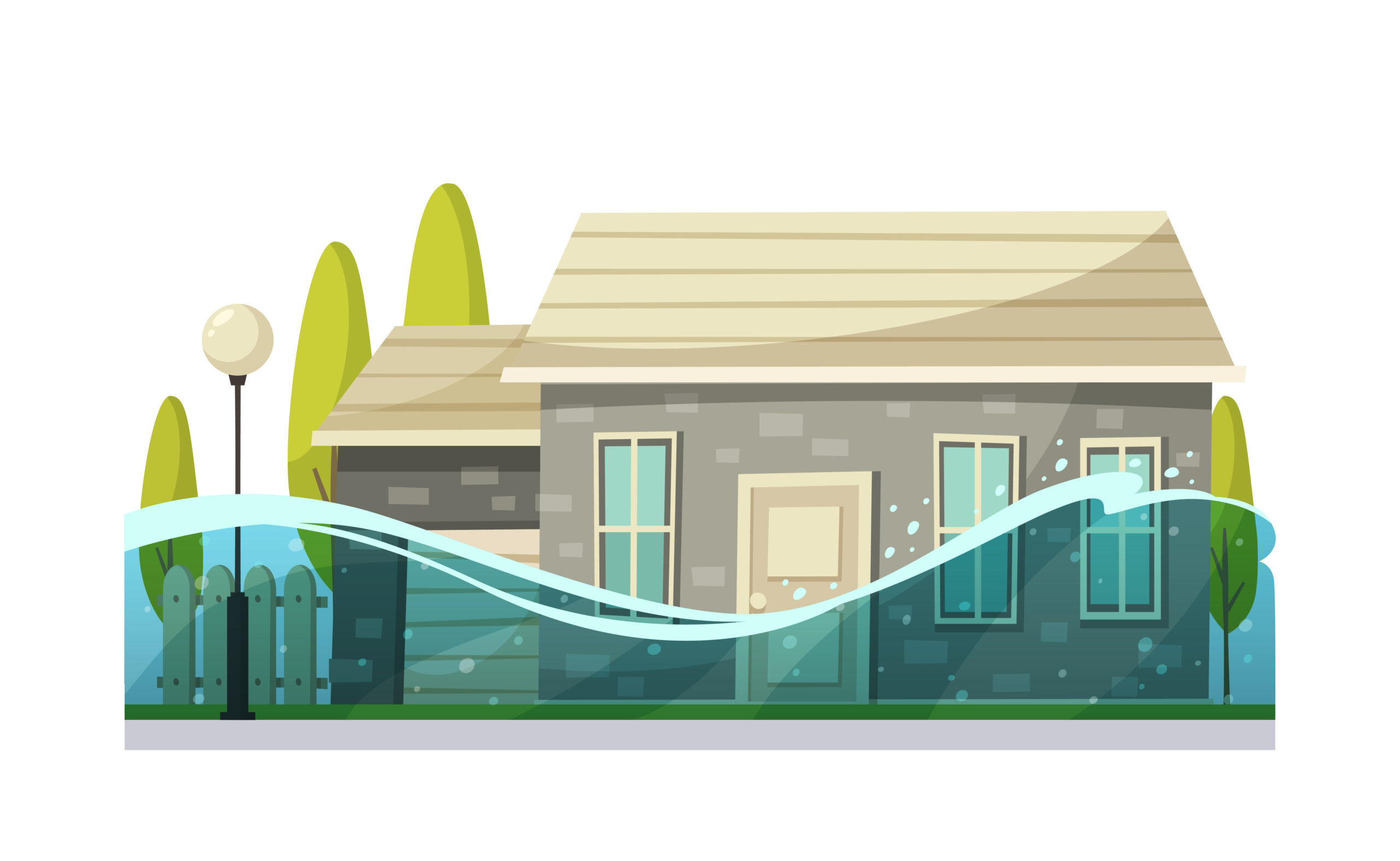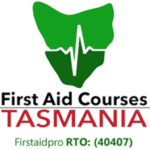Bushfire has become a part of life in Australia, especially during the summer months. The key to surviving a bushfire is to understand its factors, know its risks, and take appropriate actions for injuries. Read on to learn more about bushfire safety.
Background
In Australia, the fire danger months usually start in late November and last until May. During this time, the occurrence of bushfires and house fires are at high risk.
In 2019-2020, Australia experienced the worst bushfires ever recorded in history, with few other states declared in a state of emergency. About 24 people were killed, and more than 6.3 million hectares of bush, forest, and grasslands have been burnt. In addition, millions of wildlife animals have been affected, including birds, mammals, and reptiles.
Fortunately, there are bushfire safety steps you can take during the summer months (and throughout the year) to help you plan and manage bushfires.
Bushfire Action Plan
Planning before the official start of bushfire season is important.
A well-detailed bushfire action plan will provide you with all the tools to make informed decisions during a crisis. By doing this, you can reduce the risk of serious injury, property damage and help protect your surroundings.
We highly suggest that all members of your family participate in the development and implementation of the plan. This will help in maintaining awareness of the ongoing precautionary measures and activities throughout the year. Your bushfire action plan should also include first aid steps for different injuries that can happen during this time.
First Aid for Burns and other Bushfire Injuries
With bushfires expected to become more frequent in the following months, first responders responding to injuries also increase. Providing first aid immediately will make a significant difference to the person and their recovery.
As with other trauma injuries, the general principle of first aid is the DRSABC. DRSABC is a lifesaving guide that stands for danger, response, airway, breathing, and circulation. Life-threatening injuries must be tended first, such as severe burns and smoke inhalation.
For Burns:
The priority in burn treatment is to stop the burning process, followed by these steps.
- Stop, drop, roll, cover: Smother the flames using a blanket and move away from the source. Cool the burnt area with water.
- Ensure the safety of both the responder and victims. Never enter a burning or toxic atmosphere without proper gear or preparation.
- Assess the victim’s airway and breathing immediately. Elevate any injured limb if possible to reduce swelling.
- Burns on infants or small children should be medically assessed.
For Smoke Inhalation
Smoke inhalation is the leading cause of death for those people who get caught in fires. First aid treatment for smoke inhalation includes:
- Move the person into safety and fresh air, only if it is safe for you to do so.
- If someone showing signs of smoke inhalation such as shortness of breath, hoarseness, headache, call Triple Zero (000).
- If the person is conscious, have them sit down or lay on their side. Ask the person if they have any existing medical condition.
- If the person is unresponsive and not breathing, begin CPR.
- For serious health complications, make sure the person will seek medical attention. If left untreated, the symptoms can be fatal due to further complications.
For Asthma
People with asthma may react differently than those who do not have it. The reaction may be severe and much complicated than other people. If the person is conscious, follow the asthma action plan.
- Sit the person in an upright position. Be calm and reassuring, and do not leave them alone.
- Without any delay, give 4 separate puffs from the reliever. For best use, give one puff at a time using a spacer device. If there is no spacer available, you can opt for the puffer.
- Wait for 4 minutes. If there is little to no improvement, proceed with giving another 4 puffs.
- If no significant improvement, call emergency medical assistance.
Conclusion
Bushfire safety is essential. Whether it is a child, adult, or elderly who suffers from bushfire injuries, the comfort and relief from a First Aid trained responder gives are incomparable.
Knowing how to provide First aid helps provide consolation, reduce symptoms, and truly make a difference before it develops into a much larger health emergency.








